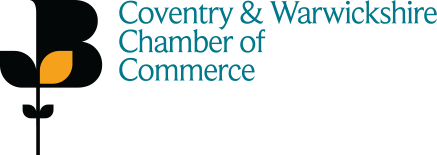Some businesses are advantaged by their ‘geography’, ‘access to resources’ or ‘specific knowledge’. In the last 1-2 decades particularly, more discussions have focussed on ‘agility’ – practices that help a business respond quickly to external change - and ‘scalability’ - the ability to make or sell more products at a relatively low additional time and cost per unit.
While there are good arguments for all these capabilities or qualities being important for businesses of all sizes, none are possible to attain and use effectively without market insight and foresight. (Otherwise, how does one know ‘how to’ differentiate, or when to be agile?)
The insight gap between smaller vs larger businesses
Most smaller organisations compete with large ones these days. While smaller owner-operated organisations often have very deep domain knowledge, the ability to develop market insight and foresight tends to favour larger ones. This particularly advantages them when major new factors come from outside of a given market, such as new technology like 5G, or changes in consumer behaviour, like ‘conscious consumerism’.
Larger organisations tend to have better foresight because they have the resources to buy expensive consultancy services or research studies and hire dedicated research staff. They also have the resources and IT skills to store, analyse and share data with their staff. They are involved in more industry networks and at a deeper level, giving advanced warning. They tend to recruit staff from wider industries, giving them a wider perspective. They’ve got more collective experience about “what works best” when making or selling products in different contexts.
When we examine why businesses tend to fail across their lifecycle, we can see that the ‘insight gap’ with larger companies can be costly for smaller businesses. A common reason for early-stage business failure, for instance, is to overly invest in a single product idea without validating the need or sufficiently adapting to feedback. In the growth phase, products often fail for not pre-empting competitor responses. Both mistakes are avoidable with the right insight.
Six questions
So how can smaller businesses close this foresight gap, practically and affordably?
Arguably, the first response is to ensure that questions are being asked that, when answered, generate foresight: Here are six common examples:
- What are the 10 most important trends impacting on and within our market(s)?
- What are the potential market scenarios that could unfold in 2-5 years’ time? 3
- Which businesses will win or lose out and why?
- What spaces could new entrants fill? What new products are possible?
- How might our business need to prepare and adapt?
- What do we need to monitor to check if our strategic assumptions remain correct?
It is always interesting to note and explore the diversity in opinion, as well as consensus, amongst decision-makers. It is not usually because people are “wrong” but have different perspectives and insights. (If a business is to ask a further question, it might be “How many across our key decision-makers share the same views?”)
Asking what the market “could” become, rather than “will” become, is important. We are yet to see how AI regulation will play out, how Generation Z consumers will respond to different brands as their life journey continues, and how costly energy may yet be, for instance. There is a direction of travel for all such trends, and a breadth of plausible possibilities, which narrows as time moves on. However, quite distinct possibilities remain for now.
And beyond the six questions
Once questions are answered, a couple of hours allocated quarterly, say, on gathering evidence on how important trends are evolving, and having a small group interpret them and report their findings to an Exec sponsor, helps to stay further ahead of both risks and opportunities, refining assumptions as needed.
To be forewarned is to be forearmed. Where I’ve seen businesses adopt this “horizon-scanning” practice, it's never been long before it has paid back with a call to action.
Stephen Plimmer is the founder of X2Y, enabling smaller and mid-sized businesses or non-profits to strengthen their strategies and build innovation pipelines using research, analysis and collaboration. He has over twenty years of experience in research and innovation across technology, energy, travel, insurance and non-profit sectors.































